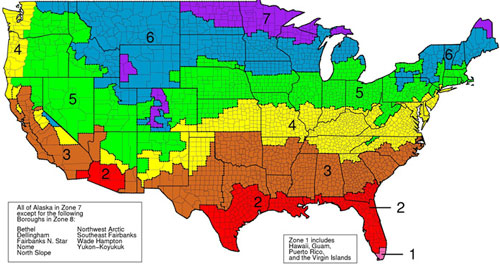|
|
|||||
|
||||||
Within this site, you will find information and specifications on insulation and insulation contractors including fiberglass, cellulose, spray in, and spray foam and injection foam insulation. USA insulation installers service all regions of the United States including Connecticut, Delaware, and Maryland in the northeast region of the country. We also install to Rhode Island, Pennsylvania, New York and New Jersey in the northeast. In New England, we apply insulation to Maine, Massachusetts, New Hampshire, and Vermont. Down the east coast, USA insulation contractors service Virginia, West Virginia, North Carolina and South Carolina. Towards the southeast region, we install insulation to Georgia, Florida, Alabama, Tennessee and Kentucky. In the southern states of Louisiana, Mississippi and Arkansas, we also service. We supply Missouri, Illinois, Indiana, and Iowa with fiberglass, cellulose, spray in, and spray foam and injection foam insulation. In the midwest region, insulation is provided to Kansas, Ohio, Michigan and Oklahoma. Wisconsin, Minnesota, North Dakota, South Dakota are states along the Canadian border that USAInsulationContractor.com services. In the northwest region of the United States, we install foam insulation in Alaska, Washington, Oregon, Idaho and Montana. Around Nevada, we also service Wyoming, Utah and Colorado. In the dry southwest, we supply Arizona, New Mexico, and Texas. Along the west coast and in the ocean, we still service California and Hawaii. The United States - USA has all Types of Insulation in use for homes and commercial buildings. There is Cellulose Loose Fill, Blown-In Insulation, Wool Fiber Batts, and Fiberglass Batts / Blankets in the more traditional and older construction. USA also uses Cellulose wet spray insulation as well. Some of the newer more energy efficient insulation systems for your house and industrial buildings include Spray Foam Insulation, Reflective / Radiant, Rigid Panels, and Cotton Batts (Denim and Blue Jeans). We also see Structural Insulated Panels or SIPs used for high wind applications and Injection Foam Insulation used for retrofit insulation applications. Other materials include Cementitious Foam and Polystyrene Board Foam Insulation. Not only do USA homes use these insulating materials, but they are used in the following energy efficient applications. The two main types of insulation are for Thermal Insulation and Acoustic Insulation. Either of these can be used in Attics and Wall Insulation as the most common place in the house. We also see insulation for Basements, Roof Insulation, and Floors and Garages. Choosing the right Insulation Contractor in the United States - USA - is easy by using this website. USA insulation contractors are used to provide Energy Efficiency to your home or office. Insulation contractors Seal Air Leaks, create Air Barriers, Sound Reduction, and Building Strength. Improved Air Quality can also result from insulation improvements and weatherization assistance programs. Insulation provides a Vapor Barrier, seals and caulks cracks and gaps in your home or buildings structure. |




